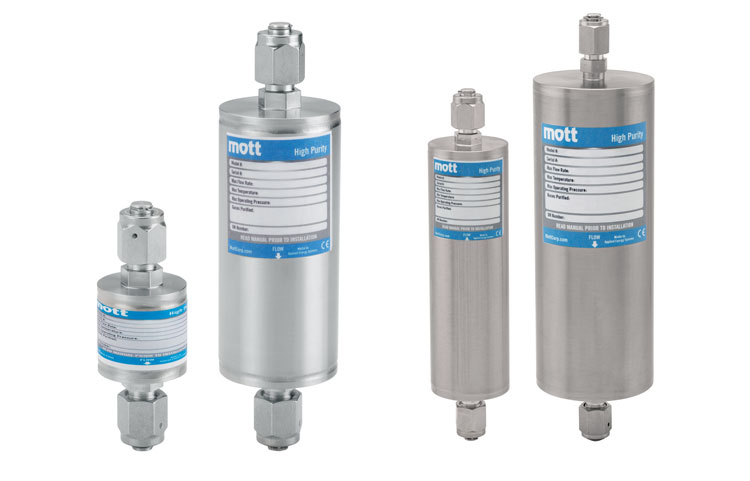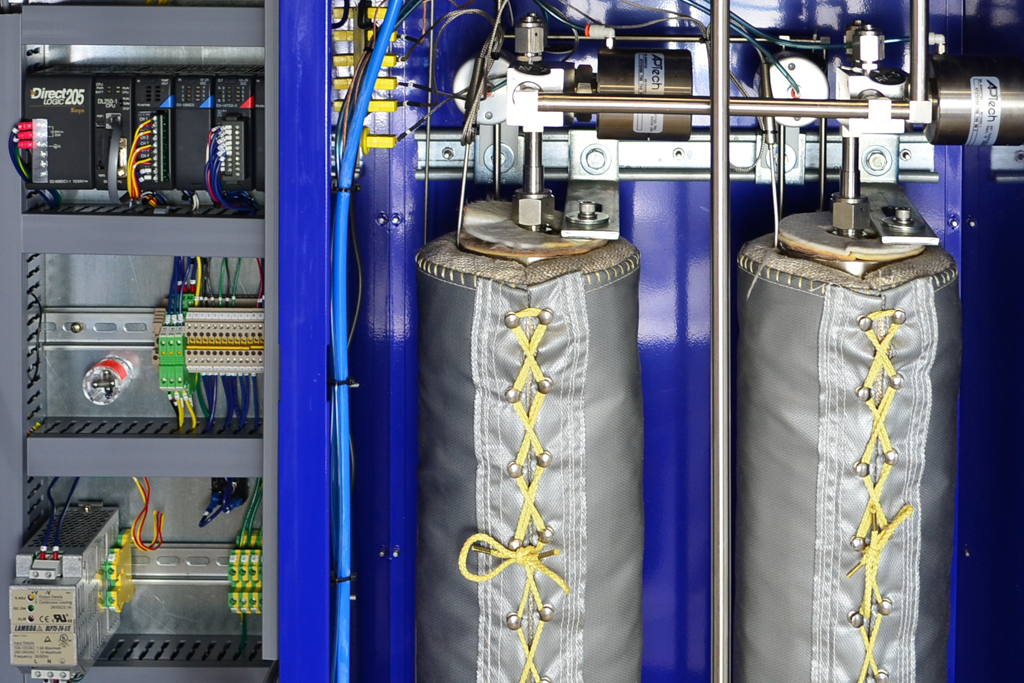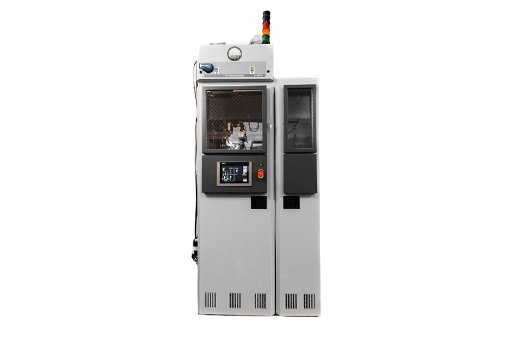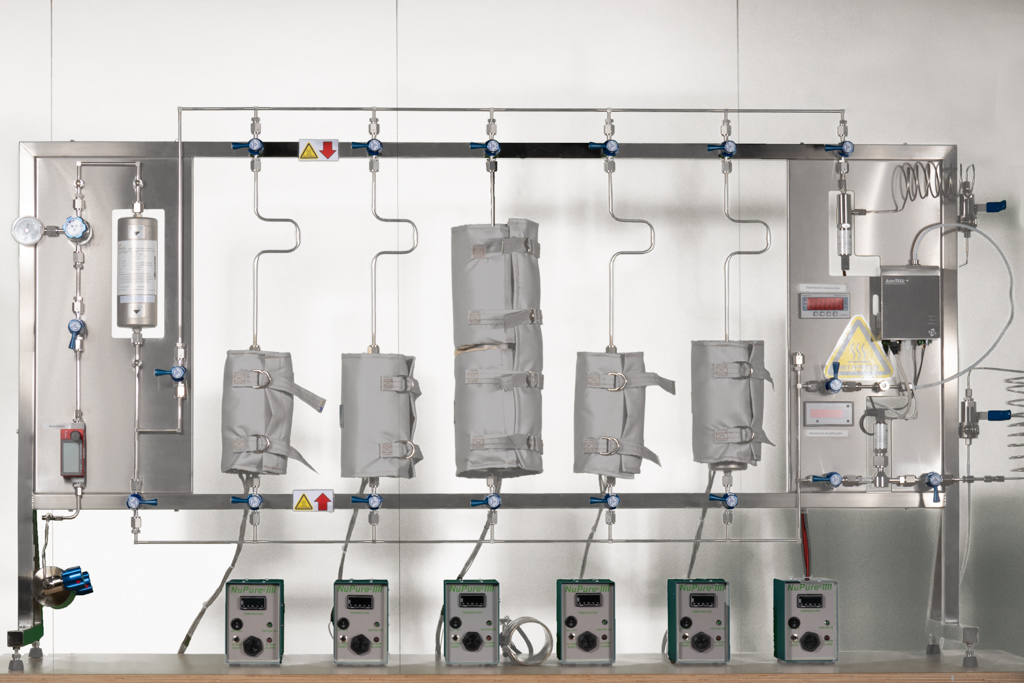E-learning gas purity
Part 1 - Physical gas separation
Gas purification is an essential process to a wide range of applications and industries, from semiconductors and electronics to clean energy and solar power, universities and research laboratories and industrial manufacturing. The subject of gas purification is complex and involves a lot. To cover the subject properly, we will do so in a series of 3 articles. In this first part of the series, we cover the basics of physical gas separation and the three core technologies used for it.
Ensuring that process gases meet very stringent purity levels is essential not only to maintain consistency and integrity during production, but also to protect the well-being of operators working with these gases. To meet the stringent standards, operators must employ different purification methods depending on the type of gas and specific requirements.
One approach to purification is physical gas separation, in which one component is separated from another (e.g., hydrogen from natural gas). Let's examine three primary technologies used for physical separation, each with varying degrees of achieved purity.
Membrane separation
Membrane separation technology is typically used for industrial gases where strict purity standards do not apply. In this technology, thousands of hollow fiber membranes are placed in a housing through which compressed air is passed on one side. Different gases have different diffusion rates on the fiber wall, and thus different flow rates can be used to remove contaminants moving through the systems while retaining the desired gas.
For industrial gases, membrane separation is often sufficient to achieve the desired gas purity with a purity level of 97%. The simplicity, price and lack of moving parts is the choice of this principle for industrial applications. Membrane separation is widely used in systems for refining and petrochemical plants in such applications as hydrogen purification, ammonia synthesis and carbon monoxide purification. For high and ultra-high purity applications, where purity levels greater than 99.99% or better are required, other methods are used.

Illustration: Principle operation of membrane separation for gas purification.

Illustration: working principle of Pressure Swing Adsorption (PSA).
Adsorption under pressure
When gases need to be purified to the level of several hundred unwanted molecules per million (PPM), Pressure Swing Adsorption (PSA) is used and is the technology in which Teesing is specialised. This technology uses pairs or series of vessels filled with adsorbents such as molecular carbon sieves, zeolites and charcoal, which are then pressurized. Van der Waals forces - relatively weak electrical forces that attract neutral molecules in gases and most organic liquids and solids - cause the supplied gas stream to be physically adsorbed onto the media. The desired gas, adsorbed at a different pressure and temperature than the impurities, then passes with impurities removed. Since impurities are adsorbed onto the media when PSA is used, the vessels must be regenerated, which can be done by reducing the pressure, releasing the trapped impurities, and then increasing the pressure in the vessel. Without this process, the impurities remain, contaminating the next batch of gas.
A key advantage of purification in the pressure swing style is the degree of purity that can be achieved with it: 5-9Ns of pure gas (99,9999999%). This makes it suitable for a wide range of applications with more stringent gas purity requirements than are possible with membrane separation, such as pharmaceuticals, laboratory research, aerospace and the semiconductor industry. A disadvantage of pressure swing adsorption is that sizing and tuning the process is complex. And the adsorbent is specific to the gas to be purified. In addition, accurate control of pressure, temperature and flow is essential. One can choose a single purifier for working in batches, or a full-continuous system with two purifiers that alternate purifying and regeneration, controlled by a PLC.
Cryogenic distillation
For the most stringent purity requirements, cryogenic distillation should be used. Cryogenic distillation removes impurities to low PPM levels and uses the unique boiling points of gases for separation. First, the gas is cooled and passes through a molecular sieve (purifier) to remove traces of impurities such as moisture, then it is fed into a distillation column where it is cooled to cryogenic temperatures against the effluent gases. Due to the different boiling temperatures, the air moves up through a series of scales in the column and cascades down as reflux fluid. Impurities are removed during this continuous process.
Cryogenic distillation is the most widely used technology for applications with ultra-high purity requirements where a single contamination can be detrimental to safety or operational results. Obviously, cryogenic distillation plant is expensive and complex. The size and design of the system varies greatly depending on the application and the amount of pure gas used.

Conclusion: purification technologies for every purification need
The ideal physical gas separation approach depends greatly on the gas to be purified, the application, the size of the process, the industry and more. Whatever your exact purification requirements, there are technologies available for on-site, microbulk or bulk use that are needed to keep your gas free of impurities and ready to enable your mission-critical processes. Whether these systems are also economically feasible depends on consumption. Sometimes this proves to be the factor that leads to choosing bottled or drummed gas and using point-of-use purifiers only locally.
Subcategories

Point-of-use gas purifiers
Are installed directly at the place of the consumer. Usually with a flow rate of 0.1-100 slpm.
More information
Micro-bulk gas purifiers
Also called Area purifiers. Are often used to feed a number of machines with ultra pure process gas. Nominal flows 100-1200 slpm.
More information
Bulk gas purifiers
Gas supply in semicon fabs, or at industrial gas suppliers. Flows of 60-20.000 nm3/h.
More informationAny Questions?
More information about our products, services or looking for a custom solution?
Please contact our Sales Engineers.

WE MAKE YOUR TECHNOLOGY WORK
NL - Tel. +31 70 413 07 50
USA - Tel. +(1) 973 383 0691
CN - Tel. +86 (10) 56865822/56865835
TW - Tel. +886-(0)3-5600560
